
Do You Own the Bike After Cycle to Work Scheme? Guide & Options
When you join the Cycle to Work Scheme, you might wonder: do you actually own the bike? The short answer is no — bikes and accessories are initially hired through the scheme, not owned outright. However, at the end of the hire period, you have flexible options: you can own it later, buy it immediately by paying a small ownership fee, or simply return the bike. In this guide, we’ll explain how ownership works, what an ownership fee is, your end-of-scheme options, and why isinwheel electric bikes are an ideal choice for your commute.
Do You Own the Bike After Cycle to Work Scheme?
No — you do not automatically own the bike after joining the Cycle to Work Scheme. Bikes and accessories are initially hired through the scheme, not owned outright. This setup allows you to benefit from tax-efficient savings while using the bike for commuting.
At the end of the hire period, you have three flexible options:
Own it Later (Extended Rental)
Continue hiring the bike at zero additional cost. This option allows you to maximize your savings while keeping the bike for everyday use. Ownership is automatically transferred to you after 4 years, making it a fully tax-efficient way to eventually own your bike.
Buy it Immediately (Ownership Fee)
If you prefer to own the bike right away, you can pay a small one-off ownership fee. The fee is based on the bike’s age and original value, following HMRC guidelines. Typical fees range from 3–7% for bikes over 4 years old and 18–25% for bikes under 1 year old, giving you flexibility to take immediate ownership.
Return the Bike
If you decide not to keep the bike, you can simply return it to your scheme provider. There are no further obligations, making this a hassle-free option if your circumstances change or you no longer need the bike.
Even if you leave your employer mid-scheme, the salary sacrifice agreement remains active. To keep the bike in this situation, you would need to pay the remaining balance and any applicable ownership fee.
The Cycle to Work Scheme is designed to be flexible, tax-efficient, and user-friendly, giving you full control over whether you eventually own your bike or return it.
How the Cycle to Work Scheme Works
The Cycle to Work Scheme is a tax-efficient salary sacrifice program that allows employees to get a bike and cycling accessories while saving on tax and National Insurance contributions. Through this scheme, your employer purchases the bike on your behalf, and you repay the cost via salary deductions, making it an affordable way to access a high-quality bike. Many participants save 23–39% depending on their tax bracket.
Who Can Join – Eligibility Criteria
To join the scheme, employees must be 16 years or older, earn at least the minimum wage after salary sacrifice deductions, and be paid and taxed through the Pay As You Earn (PAYE) system. These requirements ensure the scheme is accessible while remaining fully compliant with government regulations.
What Can Be Purchased – Bikes, Accessories, and E-Bikes
The scheme allows participants to purchase a wide range of cycling products. This includes traditional bikes, folding bikes, cargo bikes, and electric bikes (e-bikes), as well as safety gear like helmets, lights, and locks, commuting essentials such as panniers and clothing, and maintenance items including pumps and toolkits. This flexibility allows employees to build a complete commuting package suited to their needs.
Spending Limits – Historical and New Guidance
Historically, the scheme capped spending at £1,000, but recent guidance allows for higher-value purchases. This means employees can access premium bikes, high-performance e-bikes, and complete accessory packages. Not all employers offer the higher limits, but many have done so to increase inclusivity and allow more staff to take advantage of the scheme.
Ownership Fees Explained
An ownership fee is a small one-off payment you may need to make at the end of your Cycle to Work Scheme hire period if you want to keep your bike. The fee exists to allow you to legally take ownership of the bike while avoiding benefit-in-kind tax liabilities.
Typical Ownership Fee Percentages
-
Own it Later (Extended Rental): 3–7% of the bike’s original value
-
Own it Now: 18–25% of the bike’s original value
These percentages are based on HMRC guidelines and vary depending on the bike’s original value and age. For example, older bikes have lower fees, while newer bikes require a slightly higher percentage to purchase immediately.
Why Ownership Fees Matter
Paying the ownership fee ensures that the bike legally transfers to you, keeping the process fully tax-efficient and compliant with scheme rules. Choosing the right option can help you maximize savings while enjoying the bike for years to come.
Top isinwheel Electric Bikes for the Cycle to Work Scheme
isinwheel electric bikes are ideal for commuters using the Cycle to Work Scheme. Designed for lightweight handling, long-range performance, and road-ready durability, these e-bikes make your daily commute easier while maximizing tax-efficient savings.
|
Images |
 |
 |
 |
 |
 |
 |
|
Models |
||||||
|
Top Speed |
20 MPH |
20 MPH |
18.6 MPH |
21.7 MPH |
19 MPH |
20 MPH |
|
Peak Power |
500W |
500W |
500W |
500W |
500W |
750W |
|
Battery |
36V 7.8Ah |
36V 13Ah |
36V 7.8Ah |
36V 10.4Ah |
36V 10.4Ah |
36V 10.4Ah |
|
Max Range |
28 miles |
65 miles |
35 miles |
60 miles |
55 miles |
55 miles |
|
Speed (before unlock) |
10/15/25 km/h |
6/10/15/20/25 km/h |
10/15/25 km/h |
6/10/15/20/25 km/h |
6/10/15/25 km/h |
6/10/15/20/25 km/h |
|
Speed (after unlock) |
15/25/32 km/h |
10/15/20/25/32 km/h |
15/25/30 km/h |
6/10/15/20/35 km/h |
15/25/30 km/h |
10/15/20/25/32 km/h |
|
Max Load |
120 kg |
120 kg |
120 kg |
150 kg |
120 kg |
120 kg |
|
Net Weight |
23.2 kg |
27 kg |
23.3 kg |
27kg |
26.5 kg |
28.4 kg |
|
Suspension |
Rear mid shock absorber |
Front suspension |
Adjustable front fork + comfort saddle |
Hydraulic fork |
Dual |
Aluminum front fork |
|
Max Climb |
20% |
37% |
25% |
20% |
20% |
20% |
|
Tire Size |
14×1.95" |
26×1.95" |
16×1.75" |
26×1.95" |
16×2.15" |
26×1.95" |
|
Tire Type |
Pneumatic |
Pneumatic |
Pneumatic |
Pneumatic |
Pneumatic |
Pneumatic |
|
IP Rating |
IPX4 |
IP65 |
IPX65 |
IPX5 |
IPX4 |
IPX4 |
|
Removable Battery |
No |
Yes |
No |
Yes |
Yes |
Yes |
|
Rider Height |
150–185 cm |
160–192 cm |
155–185 cm |
160–190 cm |
140–180 cm |
150–192 cm |
Conclusion
The Cycle to Work Scheme offers a flexible and tax-efficient way to get a bike or e-bike, with clear ownership rules and end-of-scheme options. While you don’t automatically own the bike at the start, you can choose to own it later through an extended rental, buy it immediately with an ownership fee, or return it once your hire period ends.
With proper planning, the scheme allows you to maximize savings on bikes and accessories while enjoying the freedom of cycling to work. isinwheel electric bikes are an ideal choice for this scheme, offering lightweight handling, powerful batteries, and road-ready performance, making your commute efficient and enjoyable.
FAQs
What happens at the end of the Cycle2Work scheme?
At the end of the Cycle2Work scheme hire period, you can choose to continue with an extended rental, buy the bike immediately by paying an ownership fee, or return the bike to the scheme provider, giving you flexibility and control over your cycling investment.
Who owns the bike at the end of the Cycle to Work scheme?
During the hire period, the bike is legally owned by the scheme provider or your employer, and ownership only transfers to you if you select the ‘Own it now’ or ‘Own it later’ option. You do not automatically own the bike at the end of the scheme.
Can I sell my Cycle2Work bike?
You cannot sell a Cycle2Work bike while it is under hire, and ownership must first be fully transferred to you through the ‘Own it now’ or ‘Own it later’ options before selling.
Can I Get a Bike for Someone Else?
The Cycle to Work Scheme is for your own commute, so you can’t get a bike for someone else. However, you can have more than one bike if both are for your personal commuting needs—such as a hybrid for daily rides and a folding bike for city trips.
The Latest Posts
Explore isinwheel products
City E Scooter | Off-Road Scooter
Fastest Scooter | Kids Scooters



















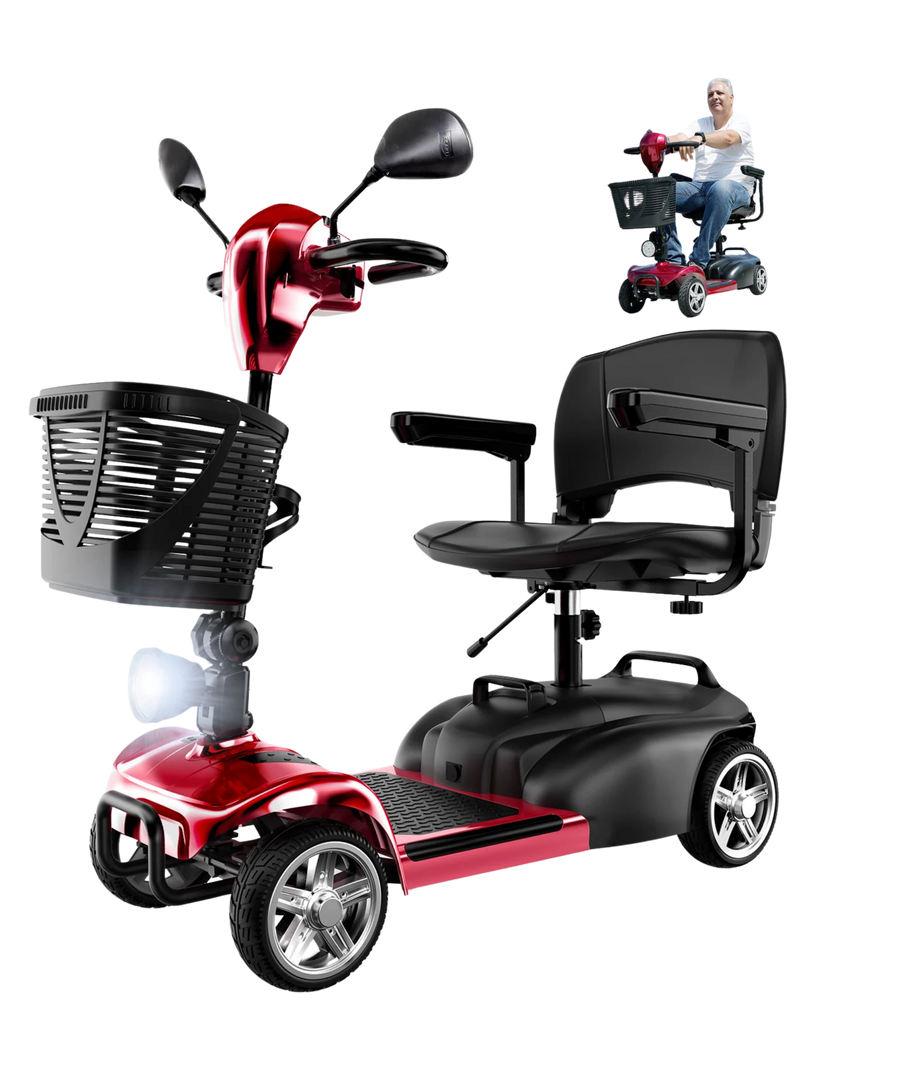


























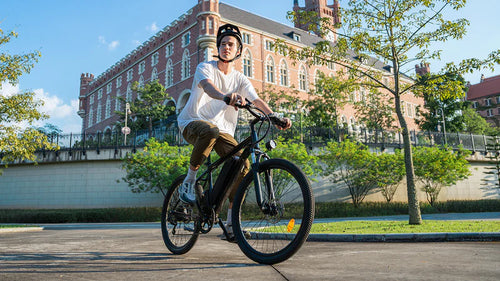
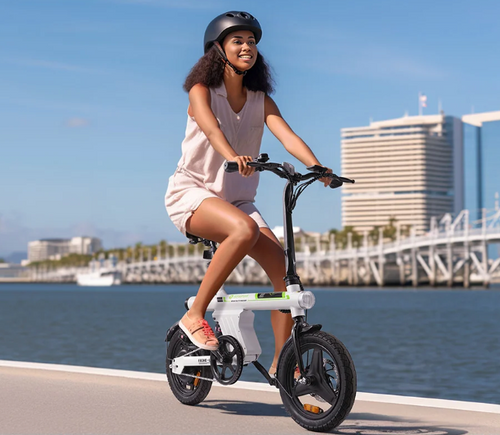



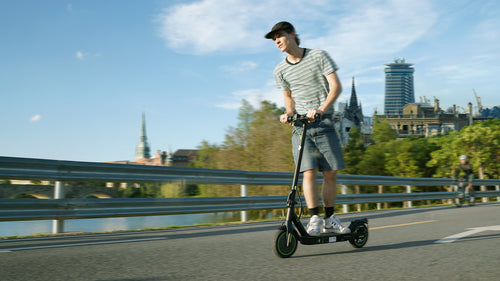


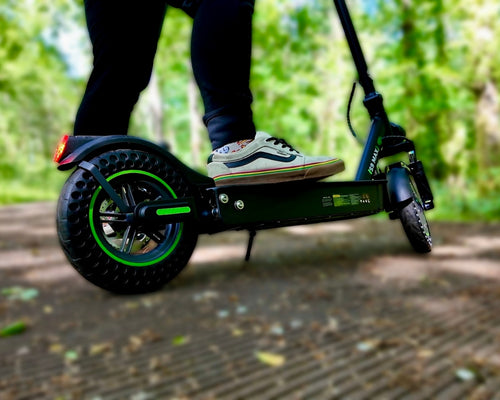
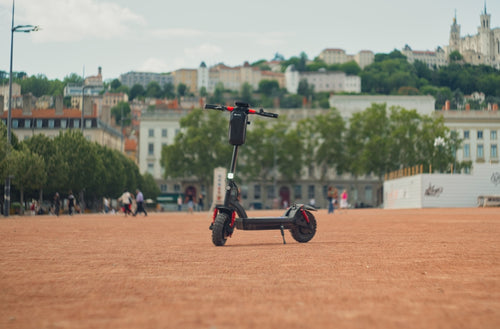
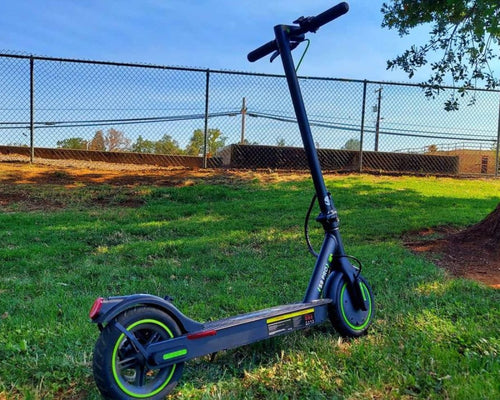





Leave a comment